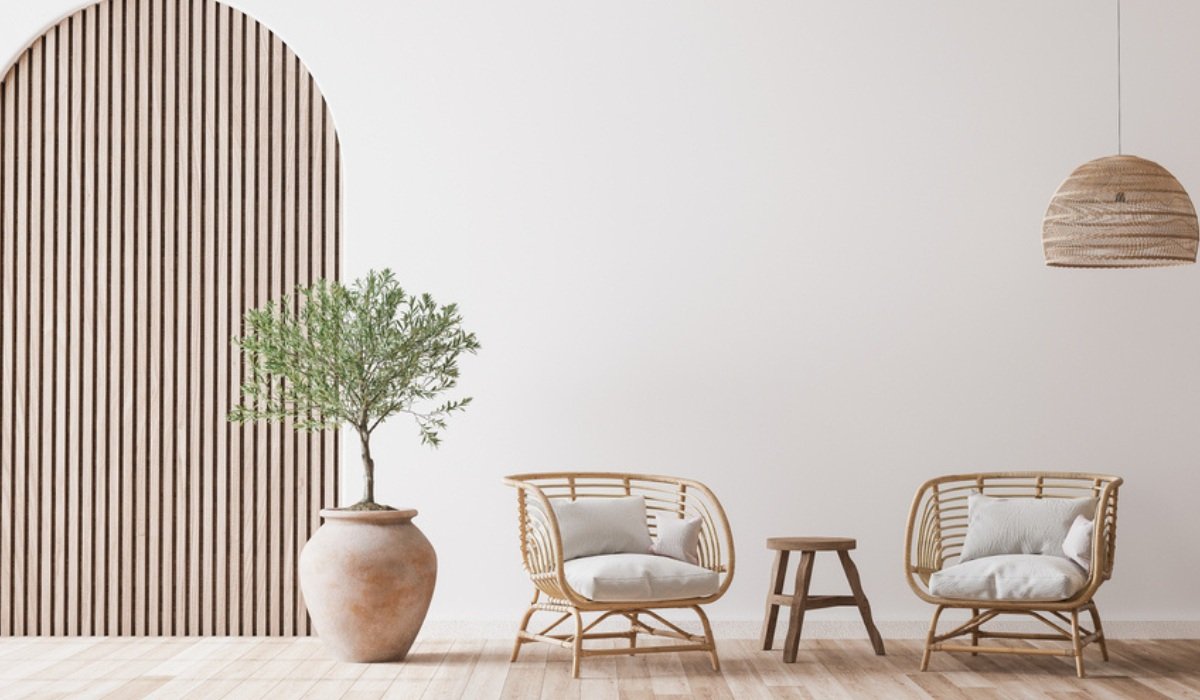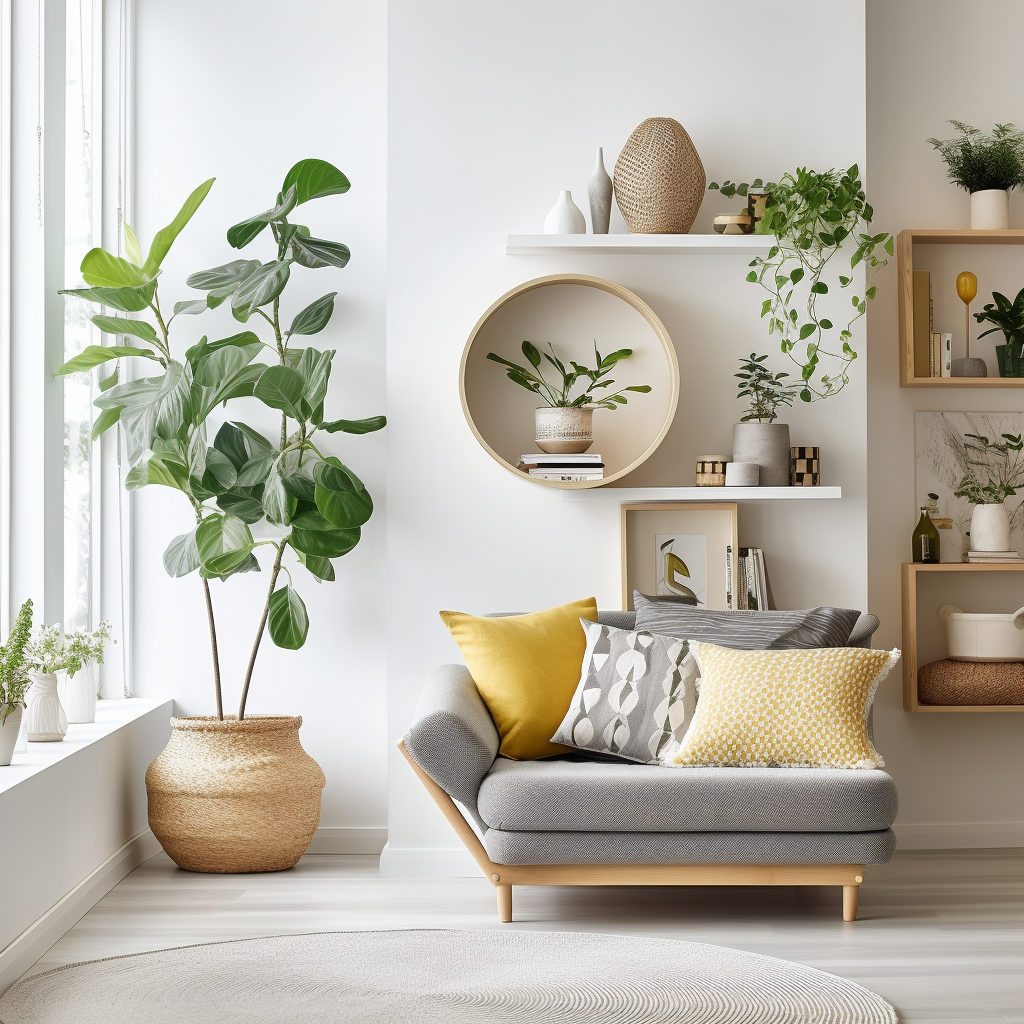Why Understanding the Concepts of Interior Decoration Is Essential for Effective Area Planning
Recognizing the principles of interior layout is essential to reliable room preparation, as it lays the groundwork for producing atmospheres that integrate capability with visual appeal. Important aspects such as balance, flow, and proportion are not just decorative considerations; they are important in enhancing just how a room is made use of.
Significance of Space Planning
Area planning is a basic facet of interior decoration that substantially affects the capability and appearances of a room. It involves the critical setup of furniture, components, and building components to enhance the usage of readily available room while enhancing the general customer experience. Efficient space preparation addresses different elements, consisting of circulation, accessibility, and the specific demands of the residents.
One of the key benefits of room preparation is its ability to boost spatial effectiveness. Interior design Miami. By attentively arranging a design, designers can guarantee that every area offers an objective, reducing clutter and promoting a sense of order. Furthermore, proper space planning cultivates a harmonious setting, enabling seamless motion and interaction within a room
Additionally, effective area preparation takes into account all-natural light, sightlines, and the connection in between different areas. This all natural method not just elevates the aesthetic allure but likewise adds to the well-being and efficiency of the owners. Eventually, a well-executed room plan is critical in developing a balanced and welcoming ambience, making it vital for any kind of interior decoration task.
Trick Principles of Interior Style

One basic principle is equilibrium, which can be symmetrical, unbalanced, or radial. In proportion equilibrium produces a feeling of order, while asymmetrical equilibrium offers a much more dynamic aesthetic appeal. One more crucial concept is percentage and scale, making certain that the size of furnishings and style aspects connect harmoniously to every various other and the overall area.
Shade concept also plays a considerable function, influencing state of mind and perception. Developers make use of color combinations to stimulate specific feelings and improve the spatial experience. In addition, the principle of rhythm includes developing a sense of movement with rep of forms, patterns, or shades, guiding the eye throughout the area.
Last but not least, the concept of focus directs attention to focal points, enabling for a clear story within the layout. Interior design studio Miami. By sticking to these key concepts, indoor developers can develop environments that not only satisfy useful needs but also resonate with the residents on an emotional level
Effect On Functionality and Circulation

The arrangement of furnishings, the choice of products, and the integration of technology all play vital functions in achieving optimum capability. As an example, putting seating areas in proximity to work spaces can assist in interaction and partnership, thereby boosting efficiency. Additionally, ensuring that paths are description clear and unblocked enables efficient activity, minimizing congestion and advertising a natural circulation throughout the area.
Moreover, integrating elements such as lights and color can better help in delineating areas, making it easier for people to navigate their atmosphere. Thoughtful space preparation considers not just the physical elements of layout however also exactly how individuals interact with their environments. Ultimately, a concentrate on functionality and circulation not only boosts the user experience however also boosts the overall effectiveness of the area, developing an environment that fulfills the demands of its occupants while fostering a sense of consistency and equilibrium.
Enhancing Aesthetics and Mood
Three crucial elements-- lighting, texture, and color-- play pivotal roles in enhancing the appearances and mood of an interior area. Shade establishes the psychological tone; cozy shades like reds and oranges evoke power and heat, while cooler tones such as blues and eco-friendlies advertise calmness and serenity. Selecting an unified shade combination can transform an area, developing a natural and aesthetically enticing environment.
Texture adds deepness and rate of interest, adding to the tactile experience within a room. A mix of appearances-- smooth surfaces, more helpful hints plush materials, and natural products-- can create aesthetic intrigue and boost convenience. For instance, matching a soft velour sofa with a sleek glass coffee table can develop a balanced aesthetic that invites interaction.
Illumination, commonly an overlooked element, dramatically effects state of mind. Natural light fosters an open, ventilated environment, while purposefully placed man-made lighting can create heat and emphasize building functions. Dimmer switches allow versatility, permitting modifications to suit different activities or times of day.
Including these three aspects attentively not just raises the visual appeal of an area but also grows an atmosphere that resonates with its intended function, ultimately enhancing the overall experience for its residents.
Practical Applications in Reality
Using interior style concepts in real life requires a thoughtful technique that integrates color, structure, and lighting into day-to-day rooms. By recognizing how these components function together, people can create atmospheres that are not only visually appealing but harmonious and likewise useful.
For example, in a little living area, employing a light color combination can make the area feel larger and extra open. Strategic use mirrors can improve natural light and produce an illusion of depth. Including different textures with fabrics, such as paddings and rugs, can include warmth and rate of interest without overwhelming the detects.
Illumination plays an important role in specifying the environment. Layered lighting, including ambient, job, and accent choices, enables flexibility in mood settings. In an office, as an example, a combination of all-natural light, desk lights, and attractive components can increase efficiency while maintaining a welcoming setting.
Additionally, understanding spatial connections and furniture plan can cause improved capability. By adhering to concepts such as balance and percentage, you can check here one can make certain that areas offer their desired purpose while remaining cosmetically pleasing. In general, functional applications of interior decoration concepts significantly enhance the livability and appeal of any kind of setting.
Final Thought
To conclude, comprehending the principles of interior layout is essential for reliable space planning, as it fosters a balance between functionality and aesthetic appeals. By using essential ideas such as proportion, color concept, and circulation, designers can create atmospheres that enhance both functionality and visual charm. Ultimately, this understanding adds to the development of areas that not only meet sensible demands however additionally boost the overall atmosphere, leading to even more enjoyable and efficient experiences for users.
Understanding the concepts of interior style is essential to effective room planning, as it lays the foundation for producing atmospheres that balance performance with visual charm.Room planning is a fundamental aspect of indoor layout that dramatically affects the performance and aesthetics of a room. In addition, correct area preparation fosters a harmonious setting, enabling for seamless activity and interaction within a room.
Additionally, the principle of rhythm entails creating a feeling of activity with repetition of colors, shapes, or patterns, leading the eye throughout the area.
In conclusion, comprehending the concepts of indoor layout is important for efficient room preparation, as it promotes an equilibrium in between performance and aesthetic appeals.